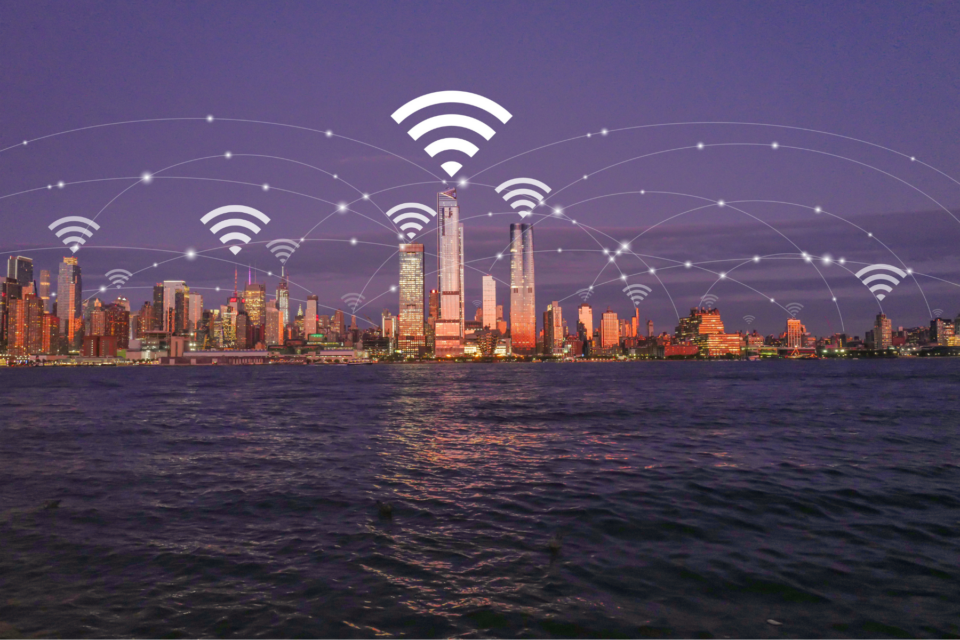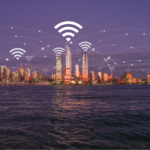The Future of Consumer Demands🔮

Consumer trends, technological innovations, and macro-level global events like climate change can all indicate the types of businesses that will be in demand. While it’s impossible to predict the future, market analysts foresee these business types catering to the evolving needs of consumers in 2025 and beyond. These are some of the top projected industries for consumer demand in 2025 and beyond:
Digital Education: This industry is expected to increase to $136 billion by 2030, a CAGR of 25.1%. Digital education refers to the digitization of course materials and the use of technology like smartboards, tablets, and laptops in the classroom. It’s a broad market that encapsulates not only schools and universities but also adult learning and upskilling.
Virtualization Software: This software allows you to run multiple operating systems on a single physical machine and helps you get the most out of your computing resources. The goal of this software is to increase flexibility, improve scalability, and consolidate multiple workloads onto a single machine, saving money on hardware costs. It’s a promising, if cutting-edge, software innovation.
5G security and other services: Statista’s data shows that North America is forecast to have the highest 5G adoption rate of any region worldwide in 2030, at 90%. With the high adoption of 5G comes the need for new services and security products. Accordingly, this market segment is expected to grow by nearly 60% by 2030. Beyond security, there are dozens of applications that will depend on 5G’s promise of increased speed and low latency. Remote patient monitoring, vehicle-to-vehicle communication, and other advanced tools require specialized 5G services spurring the growth of this category.
Telemedicine: We’ve already seen the rise in popularity of teletherapy apps. This trend is projected to continue with the assistance of machine learning and predictive analytics, two tools that enable telemedicine to be more accessible. Machine learning, in particular, promises to improve health care while lowering costs. Likewise, predictive analytics can improve results at scale.


